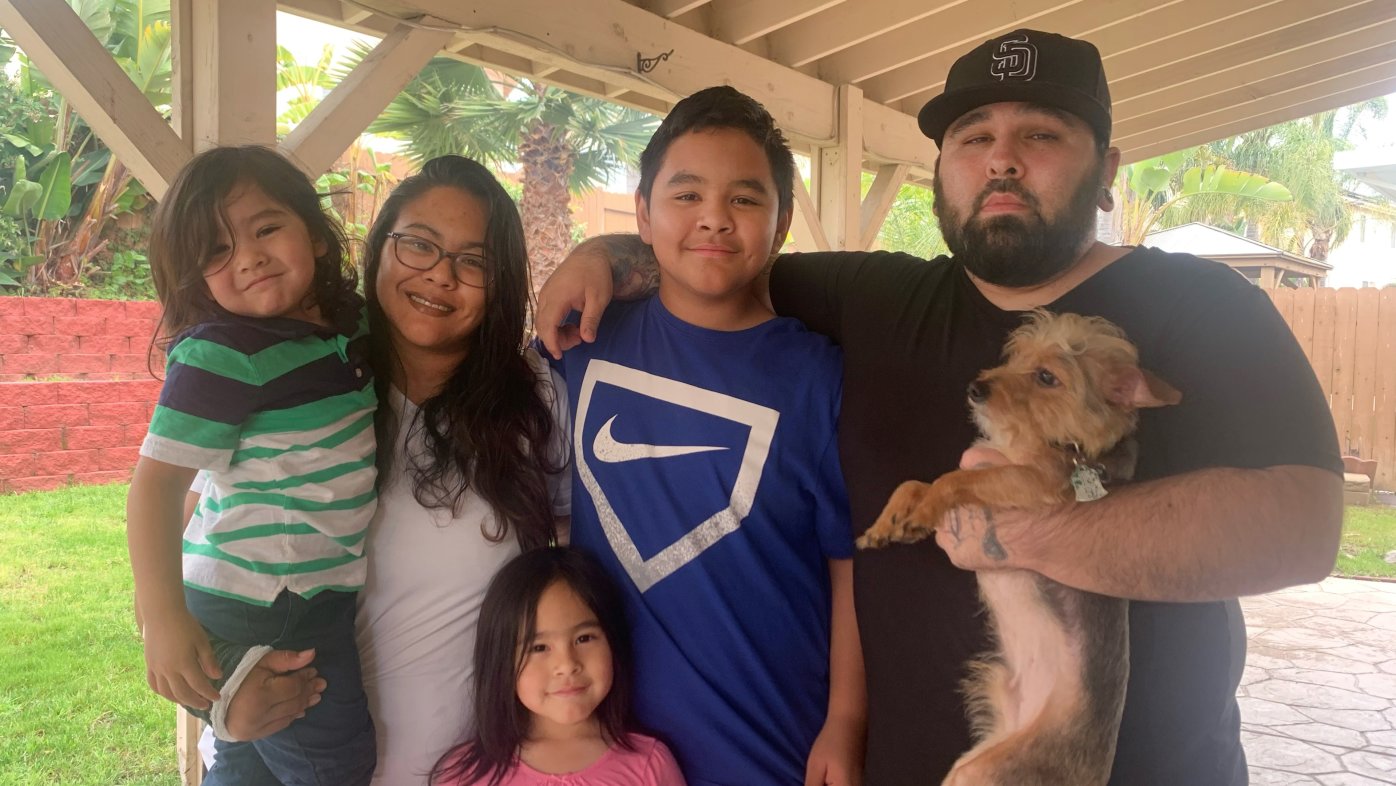
ECMO treatment gives woman a second chance at life (video)
Brandi Garcia’s severe asthma attack turned life-threatening. She credits ECMO and her Sharp caregivers for saving her life.
According to the Centers for Disease Control (CDC), more than 107,000 Americans died of drug overdoses in 2021, with 66% of those deaths related to synthetic opioids such as fentanyl. In San Diego, fentanyl-related deaths increased a staggering 2,375% since 2016.
The recent increase in fentanyl overdoses and deaths in the U.S. is due to its potency and heroine-like effect on users. Fentanyl is 50 times stronger than heroin and 100 times stronger than morphine.
“We are seeing a tremendous increase in the number of people seeking services for fentanyl use,” says Serene Carruthers, manager of Sharp McDonald Center. “Some enter treatment after a nonfatal overdose. Unfortunately, a nonfatal overdose is often not enough to prevent people from using again.”
Why has fentanyl become so popular?
“Illegally made fentanyl is more accessible, cheaper, stronger, hits harder and gives a better high than other drugs,” says Carruthers. “Due to its short half-life, people use higher quantities more frequently, resulting in higher tolerance and increased use.”
This continued rise in risky fentanyl use is due to its easy access and abundant availability. As a synthetic drug, fentanyl is easier and quicker to produce and is usually distributed through illicit drug markets.
Additionally, to ensure higher profits and a large consumer base, distributors are lacing other drugs with fentanyl. People buying opioids in the illegal market do not have information about the products’ potency, quality and other factors, and just one of these pills can kill.
Because of this, buying drugs that are illegally manufactured comes with a huge risk of consuming deadly amounts of fentanyl. Two milligrams of fentanyl, which is equal to 10 to 15 grains of table salt, is considered a lethal dose.
“One of our biggest concerns is the number of people who are unaware that they are using fentanyl,” shared Carruthers. “Fentanyl is often mixed with other drugs with or without the user’s knowledge. What many believe to be methamphetamine, Xanax or OxyContin is fentanyl.”
Know the signs of a fentanyl overdose
According to the CDC, signs of a fentanyl overdose look like other opioid overdoses. Friends and family members should watch for the following signs in their loved ones:
Small, “pinpoint pupils”
Falling asleep or losing consciousness
Slow, weak or no breathing
Choking or gurgling sounds
Limp body
Cold or clammy skin
Discolored skin, especially in the lips and nails
The importance of naloxone
Due to the alarming opioid crisis, San Diego County officials now offer naloxone at no cost and without a prescription to anyone at risk of an overdose. Naloxone is a medication designed to immediately reverse an opioid overdose if administered in time. It blocks the brain’s opioid receptors and restores normal breathing in people who have overdosed on fentanyl, heroin and prescription painkillers.
When someone is caught in addiction, it is hard for them to initiate change and find help on their own. Carruthers encourages families to look for resources and provide support and encouragement to their loved ones.
If you or a loved one is seeking help for addiction, learn how Sharp McDonald Center can help.
Our weekly email brings you the latest health tips, recipes and stories.